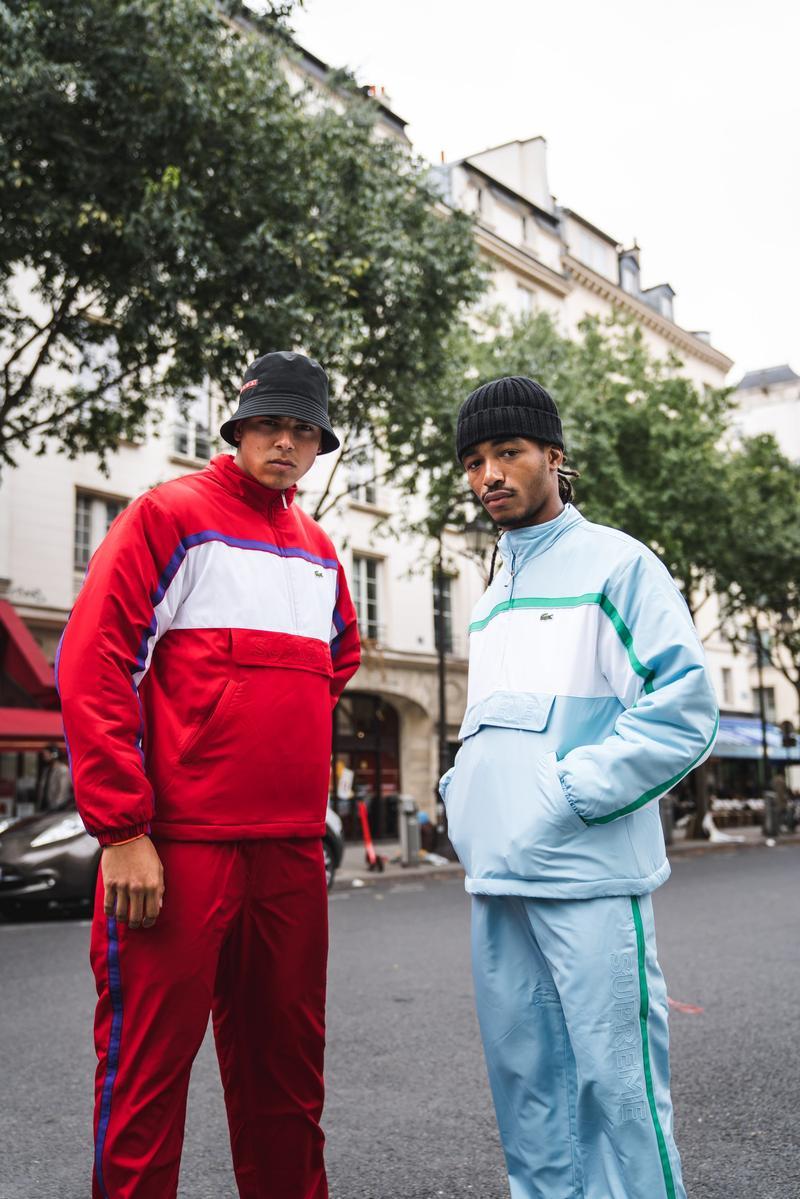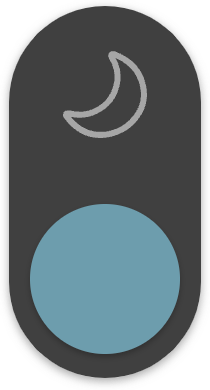

By Jingyi Liu
After many years of graduating from high school, you might still feel proud or a sense of belonging while putting on the old school uniform. Because no matter how beautiful or ugly it is, the age when we wore a school uniform was the best time.
At different times, school uniforms show not only the evolution of clothing but also the social and cultural changes in China, presenting each time's characteristics.
Pre-Qin▼
The first style of school uniform


The history of school uniforms in China can be traced back to the pre-Qin Dynasty. There is a poem in the Book of Songs (or Book of Odes) called "Blue-Collared Lad" that wrote, "Blue-collared lad, you've long been in my heart," which firstly introduced school uniforms in pre-Qin time.
The uniforms emphasized fitness and comfort, with corresponding requirements for shoes, hats, and a crown. This kind of dress was used until the Sui, Tang, and the Song dynasty, which became the specific uniform for students.
The 1920s▼
The advent of the real uniform style

The Xinhai Revolution broke old Chinese thinking "people were divided into five classes while clothes were divided into five colors", which remains for nearly thousands of years. The ideology of the New Culture Movement inspired the young generation's desire for freedom and beauty. Therefore, the first generation of Chinese school uniforms was born with that.
School uniforms began to appear all over China, such as at Peking University, where long robes were made mandatory. Later, the standard school uniform evolved into a Zhongshan suit for males and an Indanthrene-colored qipao (cheongsam) for females.

At that time, the girls' school uniforms were the most distinctive, combining Chinese and Western styles with a Chinese top, a Western pleated skirt, plus a pair of black oxford-soled shoes and white stockings, also known as the "May Fourth Youth Suit-dress".
Nationalist period▼
School uniforms impacted by the East-West cultural fusion



During the Republic of China era, when East met West, women began to pay attention to their body curves. The cheongsam, which was initially a Manchu costume, was loved by girls because of its waist pleats and chest pleats outlining women's body curves. It became popular on the campus.
The school uniforms for males were the most improved versions of the Zhongshan suit, mainly in black and white, with subtle cut and saw, quite masculine, shaping a modest gentleman, which was the standard at that time.


The 1930s, 40s▼
Cheongsam outfits and long cloth robes becoming fashionable on campus

Compared to the regular school uniform, the cheongsam allowed the female body to show off its curves, which suited the progressive female students of that time.
Among the many cheongsam-style school uniforms, the blue cloth cheongsam was the most popular and became almost typical of the new Chinese women's dress after the 1920s.
Compared to female uniforms, men's clothes were more old-fashioned, with long cloth robes on top, trousers on the bottom, and cloth shoes. The long cloth robe was the iconic clothing of the intellectuals at that time, as Lu Xun described in his book "Kong Yiji", "Kong Yiji (an intellectual in the novel) was the only person in the long coat and drinking."

The 1950s▼
White blouse, dark pants, nothing special


In 1949, the whole country wore blue and grey uniforms, Lenin coat, or cotton coats. The long cloth robes officially retired from the stage of history.
There was no specific style of school uniform during this period. Boys and girls all usually wore white shirts plus blue pants or skirts, which looked neat.

The 1960s, 70s▼
The military uniforms becoming popular

In the 60s and 70s, colorful clothes disappeared, replaced by military uniforms. Because of the movements at that time, army green dresses were their first wearing.

The 1980s▼
Young Pioneers uniform appearing in China


With the reform and opening up, school uniforms for Chinese students had finally come into the fresh spring. The Young Pioneers' uniform became the preferred clothing for most school students. In that generation, because it's plain, clean and pure, the Young Pioneers' uniform symbolized the dream of the 1980s, a new beginning. These school uniforms were mainly blue and white with a bright red scarf.

The 1990s▼
Oversized sports uniforms ruling the Chinese school


In the 1990s, the oversized uniforms were introduced, which became the most comfortable and sport-style uniform. This sports uniform is made of polyester and acrylic with a wide cut. Although it looks fat, they call it "oversize". Some said that it's the best testimony of "Hip Hop" in Chinese school that you can be creative in painting graffiti of the back.

Chinese-style-oversize sports uniforms have also made their way into the fashion world. The V&A Museum in London has a collection of this uniform because it's part of the aesthetic of Chinese pop culture.



21st century▼
All kinds of school uniform blossoming
Now that more and more schools are customizing their uniforms, another era of blossoming school uniforms is on the horizon!























Comment